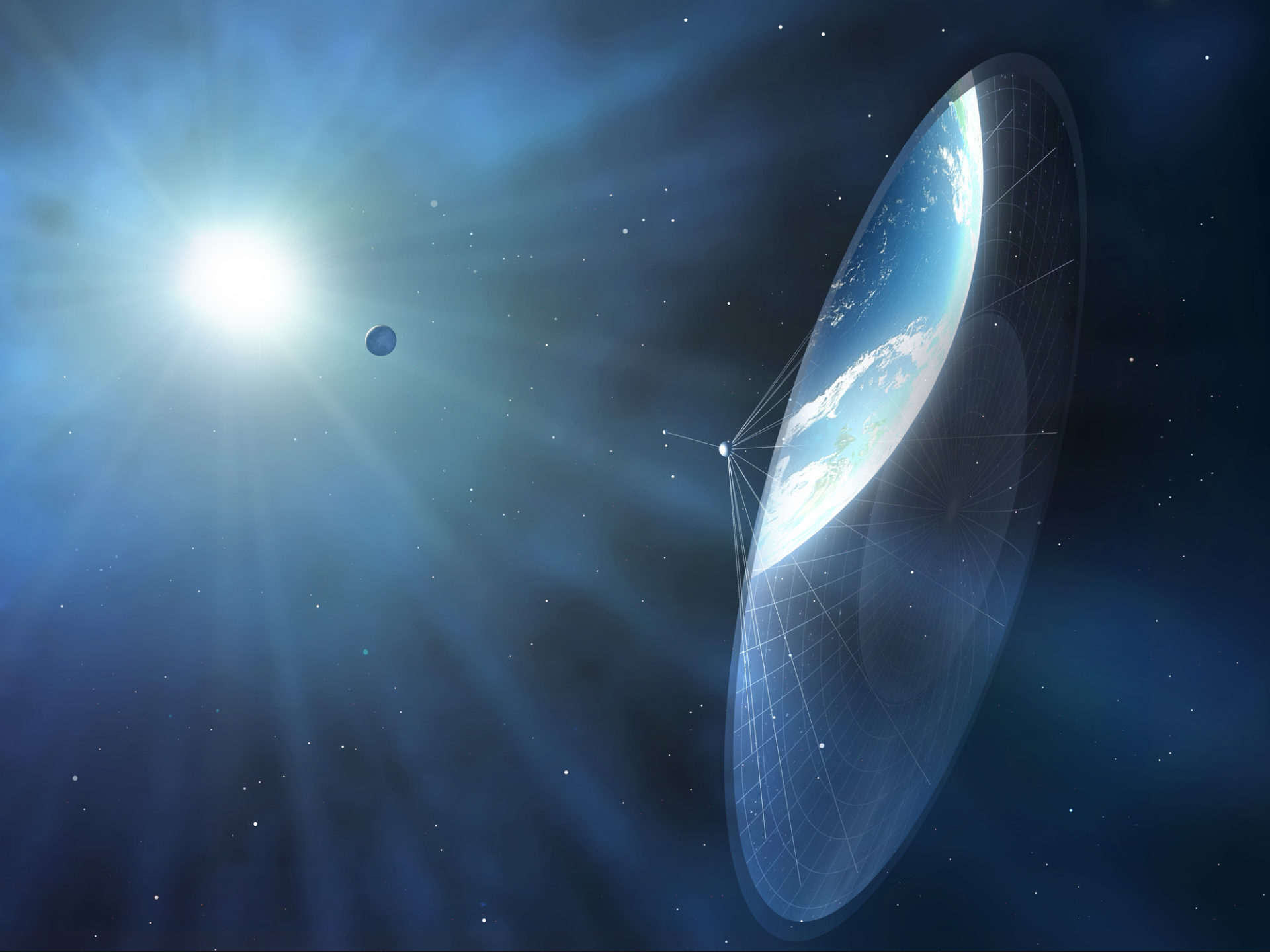Scientists working on NASA’s TESS mission announced Wednesday (January 11, 2023) that they have identified an Earth-size planet they’re calling TOI 700 e, orbiting an M dwarf star about 100 light-years away, raising questions about how long it would take to travel there from here.
TESS is a NASA Astrophysics Explorer mission. Massachusetts Institute of Technology (MIT) is the mission leader and operator. NASA’s Goddard Space Flight Center is managing it.
Astronomers previously discovered three other planets in the same solar system. Their names are TOI 700 b, c and d. TOI 700 e and planet d both orbit in their star’s habitable zone, which is why the discovery is such big news.
But before everyone gets excited about the prospect of colonising, or even visiting, TOI 700 e, d and/or any of the other planets orbiting in the Dorado constellation, it’s worth asking how many years it would take to travel 100 light-years, and what its distance is in miles and kilometers.
Because, well, it’s really far.

How many years would it take to travel 100 light-years TOI 700 e, using modern technology?
The short answer is: A really, really, really long time. Approximately 1.3 billion hours, using currently available technology. In years, that’s about 150,000.
Our fastest ever spacecraft is the Parker Solar Probe. It’s in space now, and will reach a top speed of 450,000mph (meaning it would take about 20 seconds to travel from LA to NY) – but even that’s not quite there yet.
In October 2018, it became the fastest-ever human-made object, breaking the previous record set in 1976. Back then, NASA predicted it would reach its top speed in 2024. At its current speed, it would take even longer than 150,000 years to get to TOI 700 e.
100 light-years is an unfathomably long way. Even one light-year is further than most of us could ever conceive of. It’s the distance light travels in a whole year. And given that light travels 186,000 miles every second, you can see how unfathomably far 100 light-years is.
How far is TOI 700 e from Earth in miles and kilometers?
The rough distance from Earth to TOI 700 e is 100 light-years, which translates to a number it’s almost not worth writing out, because of all the zeros.
A single light-year is 5,879,000,000,000 miles (9,460,000,000,000 kilometers). That means 100 light-years is something like 587,900,000,000,000 miles (946,000,000,000,000 kilometers).
These numbers are so big and unwieldy that mathematician and physicists use the following notation: 5.88×1012. This means 5.88 multiplied by 10 to the power of 12, or 10 with 12 zeros after it. Or you can use words: a light-year is 5.88 trillion miles; 100 light-years is 588 trillion miles.
Read Related Also: Lewis Capaldi breaks silence after Glastonbury performance to reveal he’s quitting tour
Another way to avoid cumbersome numbers is to use astronomical units (AU). One astronomical unit is the distance from the Earth to the Sun, or about 93 million miles (150 million kilometers). Or 8.3 light-minutes.

How many lifetimes would it take to travel the 100 light-years from Earth to TOI 700 e in a car?
This depends on the type of car, but if you could maintain a speed of 70mph without ever stopping to refuel, it would take about 8.4 trillion hours to drive to TOI 700 e. And by then it might not even be in the same place.
There are 8,760 hours in a year, meaning it would about 959 million (almost a billion) years to drive 100 light-years in a regular car.
Assuming an average human lifespan of 70 years, it’s about 13.7 million lifetimes of travel time. Some road trip.
But technology is improving, and speeds are getting steadily faster. If we were to travel to TOI 700 e, or any planet anywhere, it wouldn’t be in a car. And a spate of reports from last year give a flavor of what sort of advancements could be round the corner.

Traveling to TESS’s newly discovered planet using solar sails
It’s fun to talk about warp drives and wormholes, but they are still objects of fantasy. Solar sails, however, have some basis in perceptible, recognisable reality.
At its fastest predicted speed, NASA’s Parker Solar Probe will travel at 0.07% of the speed of light. So, fast, but not that fast.
Solar sails are large, thin sheets of plastic attached to a spacecraft, per Inverse’s description. They’re like sails. Except it’s sunlight that pushes them, rather than wind. Some scientists say a solar sail could, in theory, propel a spacecraft to 10% of the speed of light.
If that were true, it would take just 1,000 years to travel the 100 light-years to TOI 700 e. Nothing, really.
Have something to tell us about this article?









